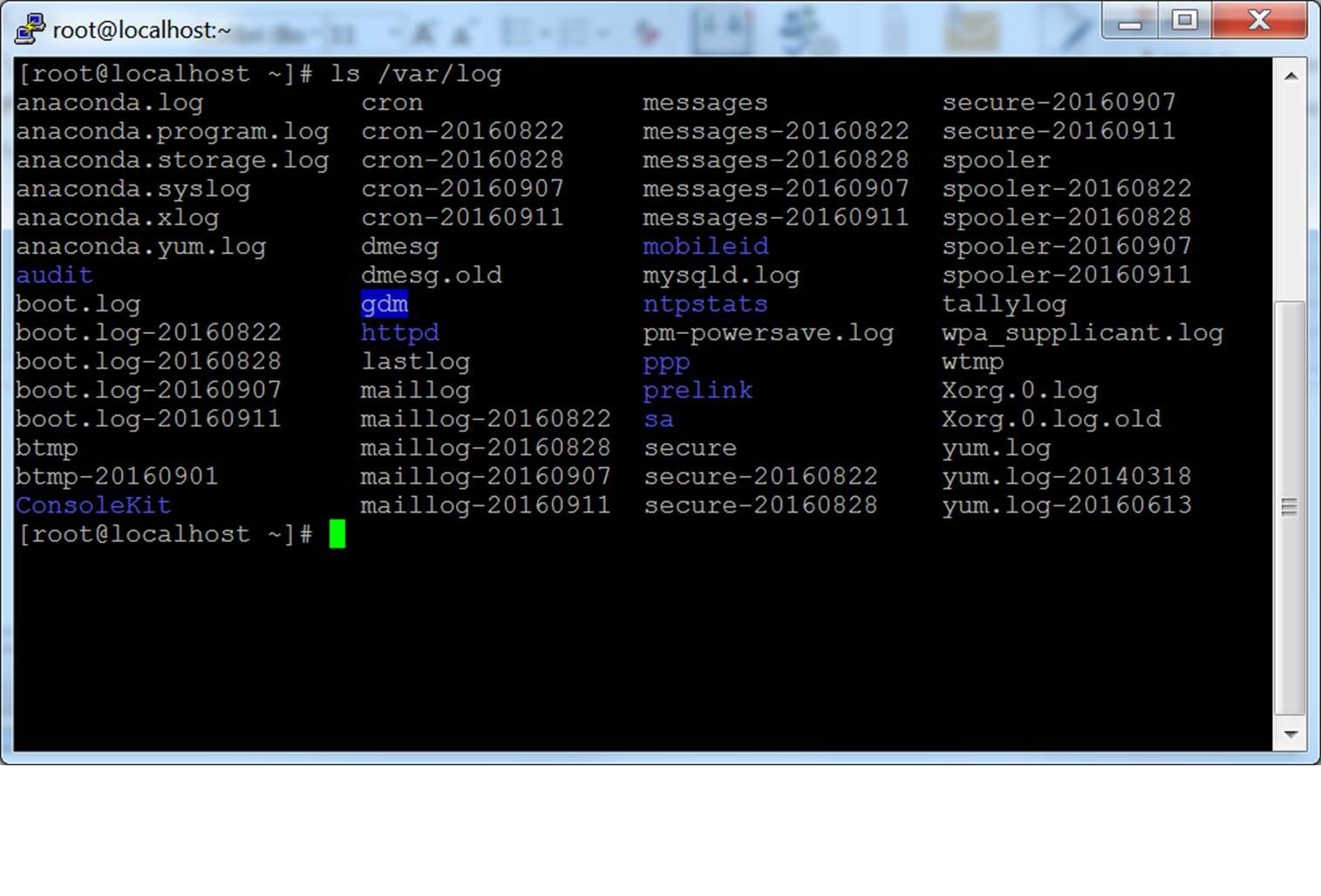
- #Ssh shell njit install#
- #Ssh shell njit update#
- #Ssh shell njit windows 10#
- #Ssh shell njit download#
- #Ssh shell njit windows#
To do this, enter the following command in the PuTTY console, replacing with a strong password: net user Administrator
#Ssh shell njit update#
It is highly recommended that you update the default password for the Administrator account. If you were able to login successfully, you should see something like this: Then enter the default password as the password and press enter. If the connection was successful, you should see login as: on the screen, prompting you to login.Įnter Administrator and press enter. If you're connecting to your device for the first time from your computer, you may see the following security alert. Now launch PuTTY and enter the IP address in the Host Name text box and make sure the SSH radio button is selected.
#Ssh shell njit windows#
After booting your Windows IoT Core device, an IP address will be shown on the screen attached to the device: In order to connect to your device, you need to first get the IP address of the device.
#Ssh shell njit download#
In order to connect to your device using SSH, you'll first need to download an SSH client, such as PuTTY. See also: Win32-OpenSSH Using PuTTY Download an SSH client
#Ssh shell njit windows 10#
If you see a REMOTE HOST IDENTIFICATION CHANGED message after making changes to the Windows 10 IoT Core device, then edit C:\Users.ssh\known_hosts and remove the host that has changed. To set the ACL using PowerShell get-acl x:\data\ProgramData\ssh\ssh_host_dsa_key | set-acl x:\data\ProgramData\ssh\administrators_authorized_keys

Icacls x:\data\ProgramData\ssh\administrators_authorized_keys /inheritance:r icacls x:\data\ProgramData\ssh\administrators_authorized_keys /remove "NT AUTHORITY\Authenticated Users" You will also need to set the ACL for administrators_authorized_keys to match the ACL of ssh_host_dsa_key in the same directory.

Icaclsx:\data\ProgramData\ssh\administrators_authorized_keys /inheritance:r Icacls x:\data\ProgramData\ssh\administrators_authorized_keys /remove "NT AUTHORITY\Authenticated Users" \id_rsa.pub x:\data\ProgramData\ssh\administrators_authorized_keys net use X: \\host\c$ /user:host\administratorĬopy. To use single sign-on with the administrator account, append your public key to c:\data\ProgramData\ssh\administrators_authorized_keys on the Windows IoT Core device. You should now be connected as DefaultAccount \id_rsa the private key is registered with ssh-agent, then you only need to specify ssh first time you connect you see a message like the following: The authenticity of host 'hostname (192.168.0.12)' can't be established. If the key is not registered with ssh-agent, it must be specified on the command line to login: ssh -i. \id_rsa.pub x:\data\users\defaultaccount\.ssh\authorized_keys If not exist x:\data\users\defaultaccount\.ssh md x:\data\users\defaultaccount\.sshĬopy. net use X: \\host\c$ /user:host\administrator Or if you only have one key you copy the public key file to the remote authorized_keys file. To enable single sign, append the public key to the Windows IoT Core device authorized_keys file.

If you receive a message that the ssh-agent service is disabled you can enable it with sc.exe config ssh-agent start=auto By default cd ~ from PowerShell should be sufficient as shown below. Note that ssh-add must be performed from a folder that is ACL'd to you as the signed-in user (Builtin\Administrators and the NT_AUTHORITY\System user are also ok). Register the key with ssh-agent (optional, for single sign-on experience).

From the desktop that you intend to connect to your IoT Device from, open a PowerShell window and change to your personal data folder (e.g cd ~) cd ~ If you need to login as DefaultAccount rather than as administrator, you will need to generate a key and use the key to login. The first time you connect you see a message like the following: The authenticity of host 'hostname (192.168.0.12)' can't be established.ĮCDSA key fingerprint is SHA256:RahZpBFpecRiPmw8NGSa+7VKs8mgqQi/j2i1Qr9lUNU.Īre you sure you want to continue connecting (yes/no)? To login with a username and password use the following command: ssh host is either the IP address of the Windows IoT Core device or the device name. Next select OpenSSH Client in the list and click Install. If the OpenSSH Client is not listed in the list of installed features, then choose Add a feature.
#Ssh shell njit install#
To install the client, you can search for Manage Optional Features in Windows 10 settings. The OpenSSH Client was added to Windows 10 in 1803 (build 17134) as an optional feature. Also, the Windows 10 IoT Core device must be running RS5 Windows Insider Preview release 17723 or greater. The Windows OpenSSH client requires that your SSH client host OS is Windows 10 version 1803(17134).


 0 kommentar(er)
0 kommentar(er)
